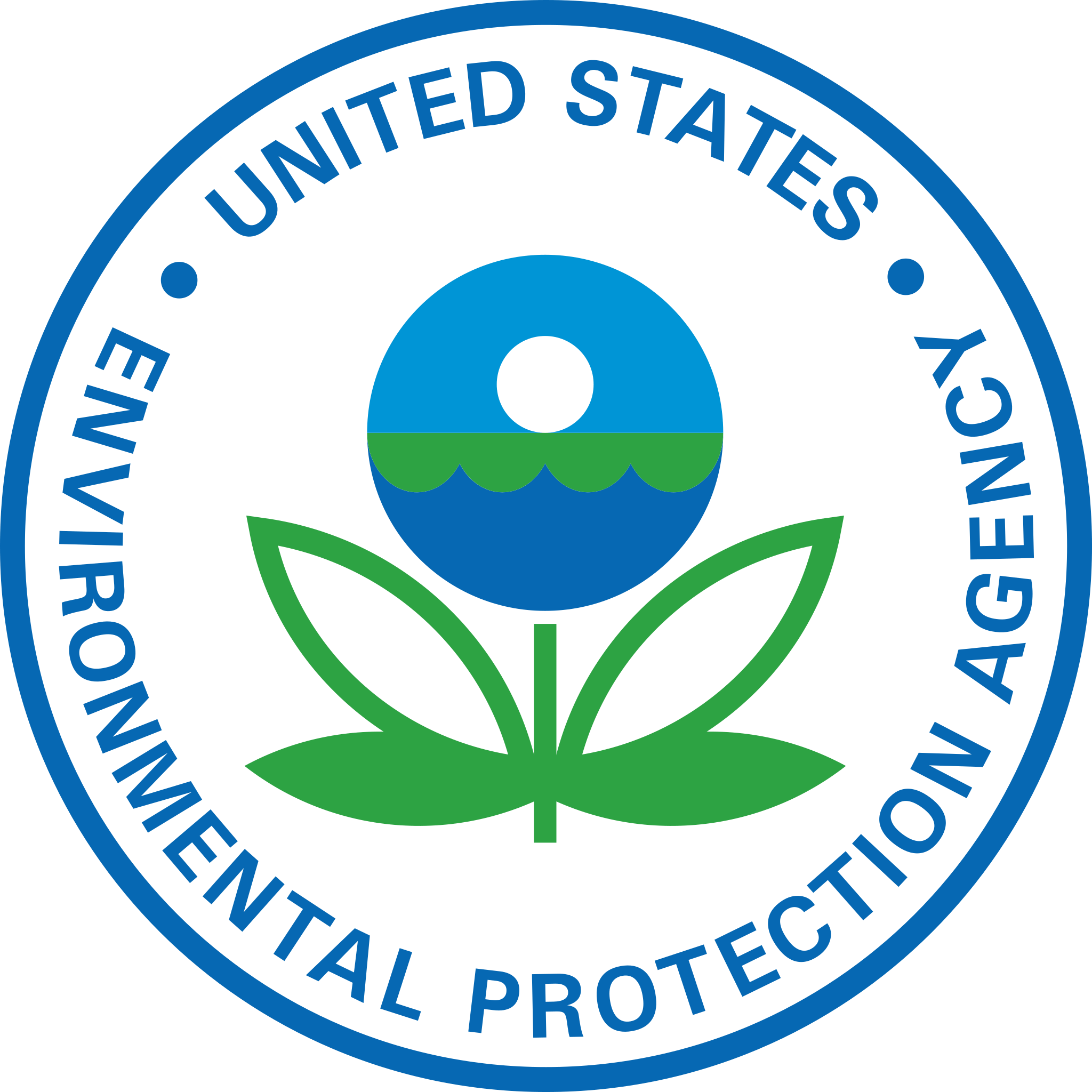
The U.S. Environmental Protection Agency announced the general competition selection of the Nez Perce Tribe to receive a $37,346,490 Climate Pollution Reduction Grant. The Nez Perce Tribe is among 25 selected applications to receive $4.3 billion in funding to implement community-driven solutions that tackle the climate crisis, reduce air pollution, advance environmental justice, and accelerate America’s clean energy transition.
The Nez Perce Tribe application will fund residential energy efficiency and weatherization retrofits, wood stove replacements, renewable energy infrastructure, and electric vehicle transportation networks on the Tribe’s facilities in Idaho and Oregon.
“Every community is feeling the impacts of climate change, from heat waves and drought conditions to increased wildfire smoke and severe winter storms. We must act collaboratively to reduce carbon emissions and to address the adverse impacts on people’s health and our economic prosperity,” said EPA Regional Administrator Casey Sixkiller. “Through the Biden Administration’s Inflation Reduction Act, EPA is partnering with states and local communities to make the largest investments ever in green buildings, clean energy transportation, and climate justice, and the Pacific Northwest continues to lead the way.”
“The Nez Perce Tribe is honored to receive this EPA award, which will enable our people, the Nimiipuu, to implement bold and necessary climate actions to protect our culture, identity, economy, and way of life,” said Nez Perce Tribe Chairman Shannon F. Wheeler. “As the original stewards of this land, we must also fulfill our sacred promise to speak for and protect the fish, animals, and other life sources that long ago gave themselves to sustain and nourish us and whose fate, like ours, depends on a healthy environment. These initiatives will enhance our community resilience, reduce greenhouse gas emissions, and create high-quality jobs in our homelands. Finally, this funding is a crucial step towards securing a sustainable and climate-safe future vital to safeguarding our sovereignty and treaty-reserved rights and resources for generations of Nimiipuu to come.”
EPA made its selections through a rigorous grant competition, reviewing nearly 300 applications to ensure the competition was fair and impartial. Applications were submitted by entities from across the country and requested a total of nearly $33 billion in funding.
The 25 selected applications – from states, a Tribe, local governments, and coalitions of these entities – will receive federal funding to implement local and regional solutions. Many of these projects can be expanded and provide examples and blueprints that other states, local governments, Tribes, and even businesses can replicate in their work to tackle the climate crisis.
These selected projects will implement ambitious climate pollution reduction measures designed by states, Tribes and local governments that will achieve significant cumulative GHG reductions by 2030 and beyond. Together, these grants are estimated to reduce greenhouse gas pollution by as much as 148 million metric tons by 2030 and by 971 million metric tons by 2050, based on estimates provided by the selected applicants.
EPA expects to announce up to an additional $300 million in selections under the Climate Pollution Reduction Grants program for Tribes, Tribal consortia, and territories in the coming weeks.
The grants will fund projects supporting the deployment of technologies and programs to reduce greenhouse gases and other harmful pollution across the country and build the infrastructure, housing, industry, and competitive economy needed for a clean energy future. These grants will also help businesses capitalize on new opportunities, spur economic growth and job creation by supporting new and growing industries, and support development of training programs to prepare workers. EPA expects to award the funds later this year, once all legal and administrative requirements are satisfied.
Learn more about the selected applications.

